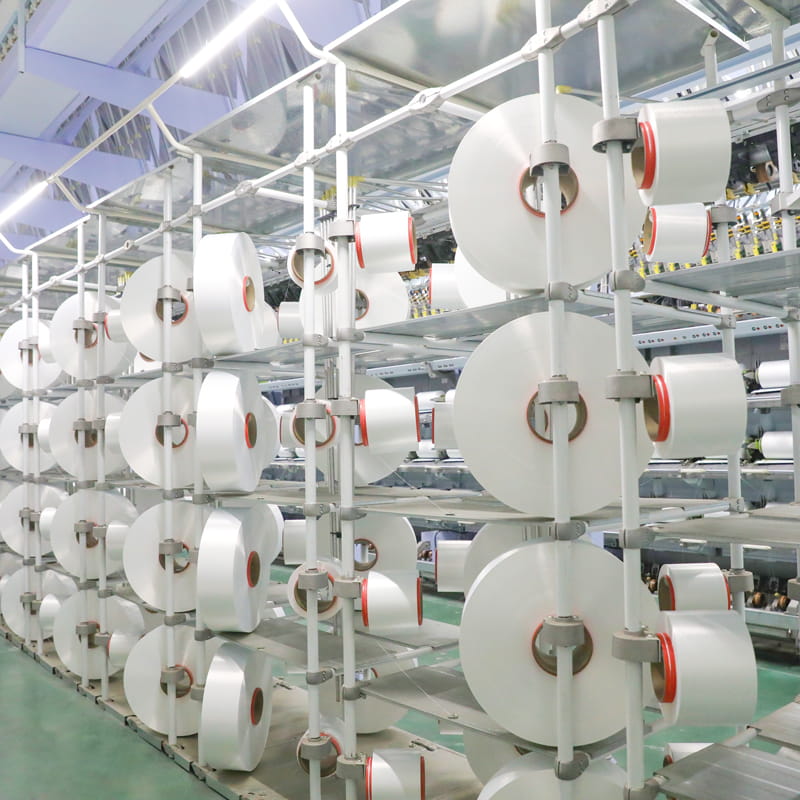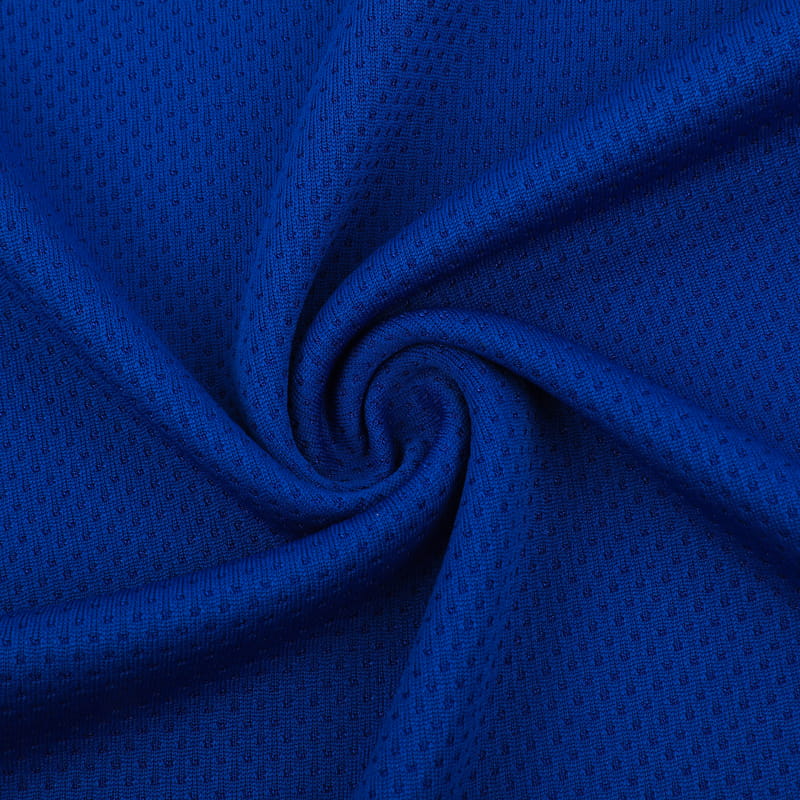The stretchability and elasticity of knitted sportswear fabric are essential factors that contribute to its comfort and suitability for athletic activities. These properties enable the fabric to conform to the body's movements, providing a snug fit without restricting mobility. Here's a closer look at the stretchability and elasticity of knitted sportswear fabric:

1. Stretchability:
Bi-directional Stretch: Knitted sportswear fabrics typically have bi-directional stretch, which means they stretch both horizontally (across the width) and vertically (along the length). This multi-directional stretch allows athletes to move freely in all directions, making the fabric highly adaptable to various body shapes and movements.
Four-Way Stretch: Some high-performance sportswear fabrics offer four-way stretch, which includes diagonal stretching in addition to horizontal and vertical stretch. This level of stretchability provides even greater freedom of movement and comfort.
2. Elasticity:
Recovery: Elasticity refers to the fabric's ability to return to its original shape after being stretched. High-quality knitted sportswear fabric exhibits excellent elastic recovery, ensuring that the garment retains its fit and shape even after repeated stretching.
Snug Fit: Elasticity helps maintain a snug fit, keeping the sportswear close to the body without sagging or becoming loose during physical activities. This close fit is particularly important for optimizing performance and reducing drag.
3. Elastane (Spandex) Content:
Elastane Fiber: Many knitted sportswear fabrics incorporate elastane fibers, commonly known by the trade name Spandex or Lycra. Elastane is known for its exceptional stretch and recovery properties. It is often blended with other fibers to enhance the fabric's elasticity.
Percentage of Elastane: The percentage of elastane in the fabric composition can vary. Fabrics with a higher elastane content tend to offer greater stretchability and elasticity.
4. Comfort and Range of Motion:
Comfortable Fit: The stretch and elasticity of knitted sportswear fabric contribute to a comfortable fit that moves with the wearer's body. This minimizes the sensation of constriction and allows athletes to focus on their activities.
Range of Motion: The fabric's ability to stretch and recover enhances the wearer's range of motion, making it suitable for activities that involve bending, stretching, running, jumping, and other dynamic movements.
5. Compression:
Compression Benefits: Some knitted sportswear fabrics incorporate compression properties. Compression garments provide a snug, supportive fit that can help improve blood circulation, reduce muscle fatigue, and enhance performance. The elasticity of the fabric contributes to the compression effect.
6. Layering:
Layering Compatibility: Stretchable and elastic sportswear fabrics are compatible with layering. They can serve as base layers, allowing additional clothing or gear to be comfortably worn over them without compromising mobility.


 English
English 中文简体
中文简体





.jpg)








